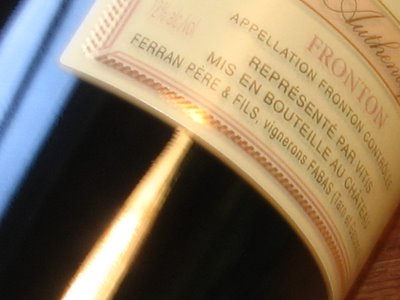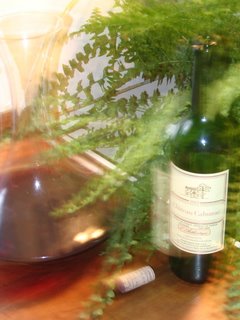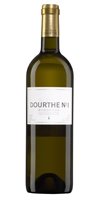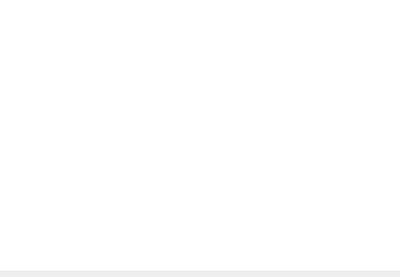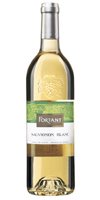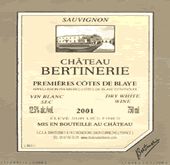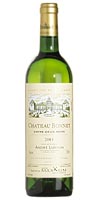How to interpret a wine label
 Here's a wine I bought based on the label. It's a Cheverny. I interpreted that to mean that it would be a Sauvignon Blanc varietal, the type of refreshing and appetizing wine that's affordable, serviceable and, these days, quite crowd-pleasing.
Here's a wine I bought based on the label. It's a Cheverny. I interpreted that to mean that it would be a Sauvignon Blanc varietal, the type of refreshing and appetizing wine that's affordable, serviceable and, these days, quite crowd-pleasing.
After noting the wine's designation, my eyes went to the year of vintage. It was 2005, which played in its favour, if for no other reason than it was fresh and not past its peak. (Many say that 2005 was a great year all across France and for white wines in particular so that was another consideration in my purchase.)
At this point, I wasn't quite ready to buy the bottle yet. In addition to the price tag, my eye would be drawn to one other place on label that most people ignore: The percentage alcohol by volume. A weird place to look when you first are picking up a bottle but it's natural for me. I go from wine designation, to vintage, to alcohol level.
This is because I don't like "hot" wines, not because I'm inclined to getting a quicker buzz when I drink. Those wines that have alcohol measuring 14% and above (even alcohol of lesser proportions in white wines) have a greater potential to seem hot. That's not to say that heavily alcoholized wines like Zinfandel and Amarone can't be balanced -- I'm just always on the lookout for that percentage captured in the lower corner of the wine label.
GETTING THE FACTS UP FRONT
The Oxford Companion to Wine says the labeling information for alcoholic content that appears on a wine label is usually stated as a percentage followed by '% vol' but may be expressed in degrees (°) or, in Italy in particular, as gradi.
For the wine pictured at right above (click for a larger view of its label), the typical percentage measurement was given, coming in at an expectedly light 12% alcohol -- at the low end of the scale but certainly well within the norm for white wines of this type. I made a mental note, and by virtue of this, plus the vintage and designation, I went for this bottle.
When I finally opened it, I knew there was some mistake. It was as if this odd shaped wine label had its grayish circular frontspiece peeled away to reveal a bright red octagon -- STOP! (Just take another look at the shape of the label...)
This 12% Sauvignon tasted like its 14.5% cousin produced by Grand Marnier in Chile's Valle del Rapel. It was incredibly hot, with the alcohol expressing itself in a searing, unpalatable, and thoroughly unbalanced way. I was amazed that a 12% wine could taste this alcoholic. It was at that point I checked the percentage again. This time the label said 14.2%. I did a double take. But how could that be?
It was at that point I checked the percentage again. This time the label said 14.2%. I did a double take. But how could that be?
A ROUNDABOUT WAY TO TRUTH IN LABELING
It turned out the back label indicated a level of alcohol more than 2% higher than the front label (see image at left). From tasting this wine, it was clear that the back label was correct and the front label was lying. But I bought the wine based on what the front label said, as one could expect.
I had to refer to the Oxford one more time. It said: Alcohol tolerances vary considerably and can be as high as 2 percent alcohol in the US.
Although this wasn't the US, I could tell that this wine's labels were playing fast and loose with the tolerance standard, a rule that ultimately would allow having two different readings for a single wine and have them vary by an industry-accepted margin of error, and still have each of them be considered accurate!
I won't buy 14%+ alcohol Sauvignon so I took this bottle back outright.
THE MORAL OF THE STORY
A bottle of wine can have one, two, three or even four separate wine labels affixed to it. Any one of them can carry pertinent information and it pays to look at each of them before making a purchase.
Tomorrow: How to interpret wine labelers!









